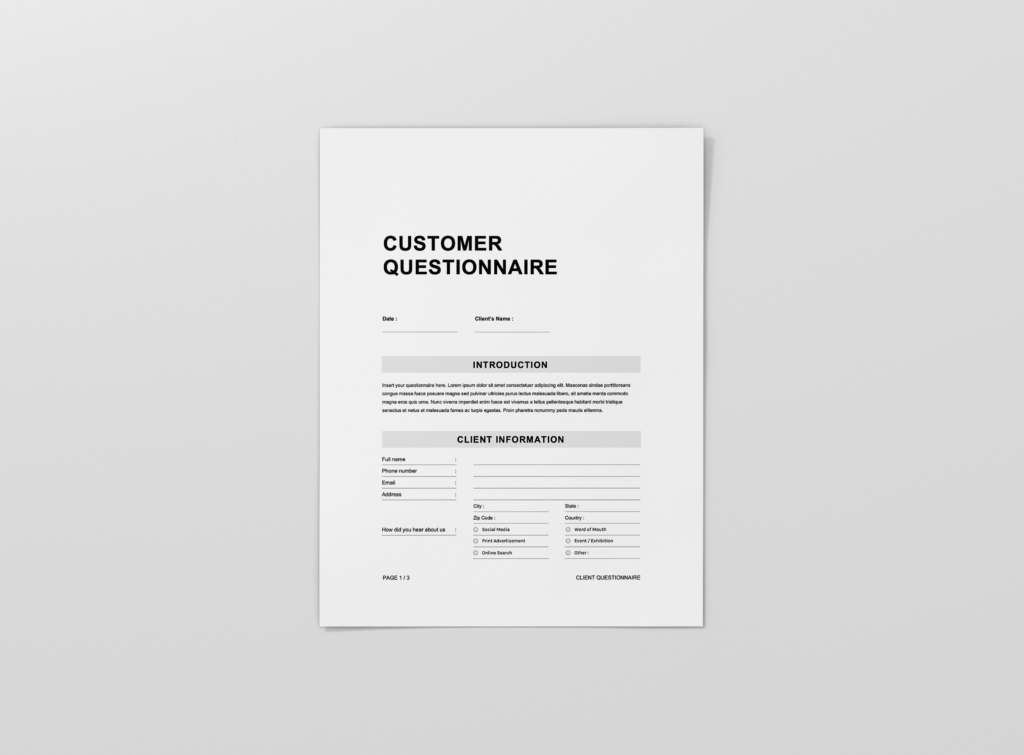In the world of project management, understanding your client or customer before starting a project is not just beneficial—it’s essential. This initial step ensures that the project’s goals align with the client’s needs and expectations, thereby increasing the likelihood of its success. Let’s delve into why this understanding is so crucial and explore a scenario that highlights the potential consequences of neglecting this foundational step.
The Importance of Knowing Your Client
Before any planning or execution begins, a project manager must grasp the client’s vision, challenges, preferences, and business environment. This understanding forms the basis of the project’s design and execution strategy, ensuring that the final outcome aligns with what the client truly needs.
Moreover, knowing your client helps in building trust and rapport, which are critical for maintaining open lines of communication throughout the project’s lifecycle. When clients feel understood, they are more likely to provide valuable feedback and be cooperative when issues arise.
A Cautionary Scenario: The Software Development Fiasco
Imagine a software development company, Tech Innovations, tasked with creating an advanced inventory management system for a large retailer, RetailMax. The project was scoped based on a brief discussion with the retailer’s procurement manager, without deeper engagement with other key stakeholders within the client’s organization.
As the project progressed, several issues arose:
- Mismatched Expectations: RetailMax’s IT department expected a system compatible with their existing digital infrastructure, a requirement that wasn’t communicated to Tech Innovations. This oversight led to additional costs and delays in modifying the software to ensure compatibility.
- Feature Misalignment: The marketing team at RetailMax, who were not consulted during the planning phase, required advanced analytics features to track customer purchasing trends, which were not included in the initial build.
- User Resistance: The end-users, the staff at RetailMax, found the system too complex, leading to significant resistance as the system did not align with their operational workflow or their skill set.
This scenario resulted in budget overruns, extended timelines, and a strained relationship between Tech Innovations and RetailMax. Most importantly, it led to a product that did not fully meet the client’s needs.
The Project Management Connection: Stakeholder Analysis
The missteps in the scenario above mirror the pitfalls project managers can avoid with a thorough stakeholder analysis at the project’s outset. Identifying and understanding all stakeholders—not just the primary client or sponsor—is akin to a project manager conducting a comprehensive stakeholder analysis. This process involves:
- Identifying Stakeholders: Listing everyone affected by the project, directly or indirectly.
- Analyzing Interests and Influence: Understanding each stakeholder’s interests, expectations, influence, and how the project impacts them.
- Planning Engagement: Determining how best to engage and communicate with each stakeholder throughout the project.
Stakeholder analysis ensures that project managers have a detailed understanding of all parties involved, which helps in tailoring the project strategy to accommodate various needs and in mitigating potential conflicts.
Conclusion: A Fundamental Strategy for Success
In summary, understanding your client or customer is not just about customer satisfaction—it’s a strategic approach to reduce risks, manage expectations, and ensure project success. Similarly, stakeholder analysis is a critical tool for project managers to ensure all voices are heard and integrated into the project plan. Both practices are essential for navigating complex projects and should be considered fundamental to any project management strategy.
By investing time in these initial phases, project managers can build a solid foundation for their projects, leading to outcomes that are beneficial for all involved parties. This approach not only increases the likelihood of project success but also enhances the reputation and reliability of the project management team.





